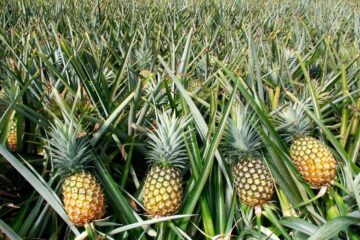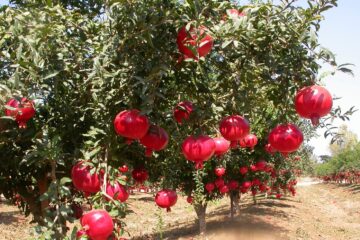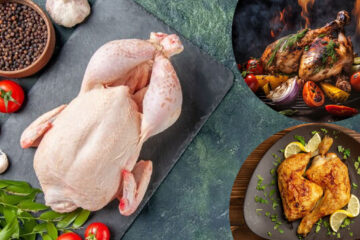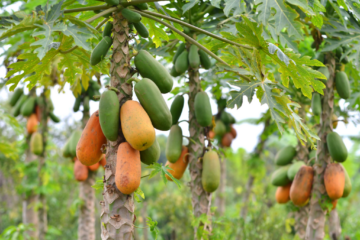Native dogs of Tamil Nadu hold a significant place in the cultural heritage of the state. Among them, the world-renowned Rajapalayam dog stands as a symbol of pride for Tamil Nadu. Many people across different regions of the country are keen on purchasing and raising these native breeds. It is the responsibility of dog owners to provide suitable living conditions for these dogs.
Habitat for Native Dogs
Native dogs are not typically house pets that live indoors. Traditionally, these dogs have been trained for hunting, retrieving birds, and catching small animals like rabbits. Despite legal restrictions on hunting, the natural instincts of these dogs, such as running swiftly, leaping, and high jumping, remain unchanged. Therefore, they require adequate space to express their natural behaviors like running, leaping, and exploring.
Dog Kennel
A dog kennel can be constructed using cost-effective materials. The sidewalls can be built using bricks, hollow blocks, or galvanized wire mesh. The roof can be made of tiles, asbestos, or concrete. However, if using an asbestos roof, it is important to cover it with palm leaves or coconut fronds during summer to reduce heat. The floor of the kennel should be made of cement to allow urine and water to drain easily.
Some native dogs may dig holes with their front paws, so a cement floor helps prevent this behavior. The area where the dogs move around should ideally be made of soil or grass. The kennel should provide a covered space for eating, sleeping, and resting, with proper lighting and ventilation. Additionally, the kennel should have a raised platform, at least 15 cm high, for the dog to sleep on.
Kennel Dimensions
- Small Dog Kennel: 100 cm length, 75 cm width, 70 cm height.
- Medium Dog Kennel: 150 cm length, 100 cm width, 100 cm height.
- Large Dog Kennel: 250 cm length, 200 cm width, 150 cm height.
For Tamil Nadu native breeds, which can be categorized as medium or large dogs, the length of the kennel should be twice the body length of the dog, the width should be two-thirds more than the dog’s body width, and the height should be one-fifth more than the dog’s height.
Food and water bowls should be placed 6-12 inches above the ground. Stainless steel bowls are preferable for both food and water, and clean drinking water should always be available.
Training Pits
To ensure native puppies develop strong legs and the ability to jump and grow tall, they should be trained using various depths of pits. Puppies can be placed in these pits and allowed to climb out, which helps in building strength. These pits should be dug in the soil. Additionally, the dog enclosure should be fenced with a barrier at least six feet high to prevent escapes.
Dr. N. Kumaravelu, Dr. T. Divyalakshmi, Department of Animal Production Management, Chennai Veterinary College, Chennai – 600 007.











